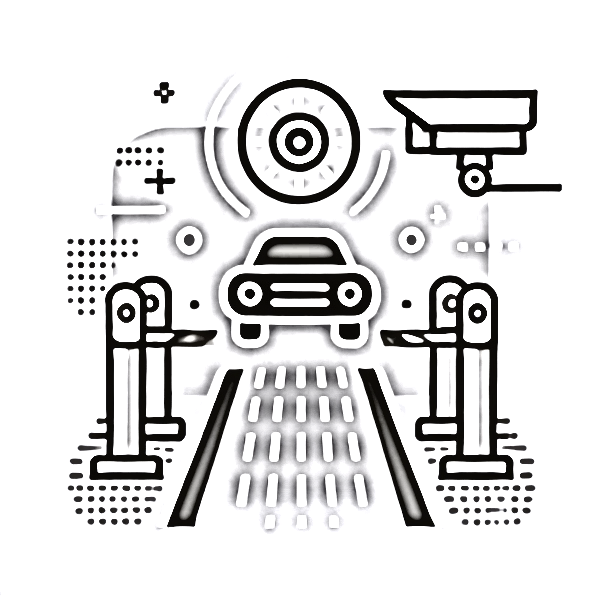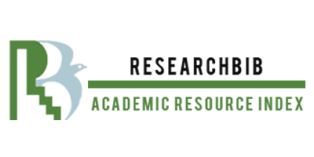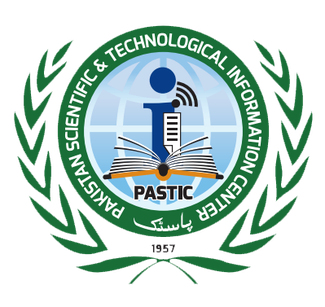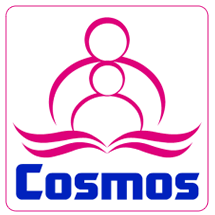University Auto-Gate Management through AI-Driven License Plate Recognition
Keywords:
Automatic Number Plate Recognition (ANPR), ANPR Software, Security, Vehicle AccessAbstract
The rapid growth in the number of vehicles and transportation systems has made Automatic Number Plate Recognition (ANPR) an essential tool for modern traffic management and security. With the rising vehicle count, manual monitoring and control of traffic have become increasingly difficult. ANPR, a complex field within computer vision, faces challenges due to variations in license plate styles, sizes, orientations, and lighting conditions. License plate recognition, leveraging advanced image processing techniques, represents a promising research domain, especially in the context of IoT and smart city development. With the exponential rise in the number of vehicles, automated systems are essential for retaining vehicle information for various purposes. Researchers are increasingly focused on developing reliable ANPR systems, spurred by advancements in portable electronics and machine learning techniques. Although numerous ANPR approaches have been documented for surveillance systems and intelligent transportation applications, creating a robust system remains a challenging research problem. This research aims to investigate the utilization of ANPR for managing vehicle access at the entrance gates or parking areas of private or government universities and colleges. The system aims to maintain a record of vehicles entering and exiting the premises, as the performance of existing techniques depends on various factors and local conditions. The study introduces an AI-powered ANPR system that restricts access to authorized vehicles by capturing and identifying license plates. This technology can be used to track vehicle entry and exit at university campus gates, improving traffic regulation and security during peak hours.
References
S. A. A. S. Lubna, Naveed Mufti, “Automatic Number Plate Recognition:A Detailed Survey of Relevant Algorithms,” Sensors, vol. 21, no. 9, p. 3028, 2021, doi: https://doi.org/10.3390/s21093028.
S. U. Rehman, M. Ahmad, A. Nawaz, and T. Ali, “An Efficient Approach for Vehicle Number Plate Recognition in Pakistan,” AACE Clin. Case Reports, vol. 7, no. 1, p. 1, Jun. 2021, doi: 10.2174/1874061802006010012.
T. Yorozu, M. Hirano, K. Oka, and Y. Tagawa, “Electron Spectroscopy Studies on Magneto-Optical Media and Plastic Substrate Interface,” IEEE Transl. J. Magn. Japan, vol. 2, no. 8, pp. 740–741, 1987, doi: 10.1109/TJMJ.1987.4549593.
M. Young, “The Technical Writer’s Handbook,” Mill Val. CA Univ. Sci., 1989.
K. Eves and J. Valasek, “Adaptive control for singularly perturbed systems examples,” Code Ocean, 2023, [Online]. Available: https://codeocean.com/capsule/4989235/tree
M. W. Diederik P Kingma, “Auto-Encoding Variational Bayes,” arXiv:1312.6114, 2013, doi: https://doi.org/10.48550/arXiv.1312.6114.
S. Liu, “Wi-Fi Energy Detection Testbed (12MTC),” gitHub Repos., 2023.
NAHDAP, “Treatment Episode Data Set -- Discharges (TEDS-D) -- Concatenated, 2006 to 2011 (ICPSR 30122),” United States Dep. Heal. Hum. Serv. Subst. Abus. Ment. Heal. Serv. Adm. Off. Appl. Stud., 2015, doi: https://doi.org/10.3886/ICPSR30122.v5.
S. K. R. Sharma, V. Patel, “Colonization frequency of Aspergillus flavus on tomato plants,” J. Plant Pathol, vol. 103, no. 2, pp. 1–8, 2021.

Downloads
Published
How to Cite
Issue
Section
License
Copyright (c) 2025 50sea

This work is licensed under a Creative Commons Attribution 4.0 International License.




















